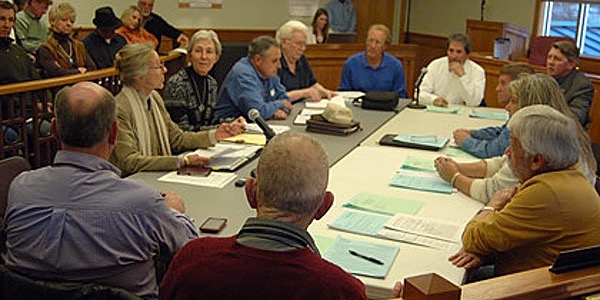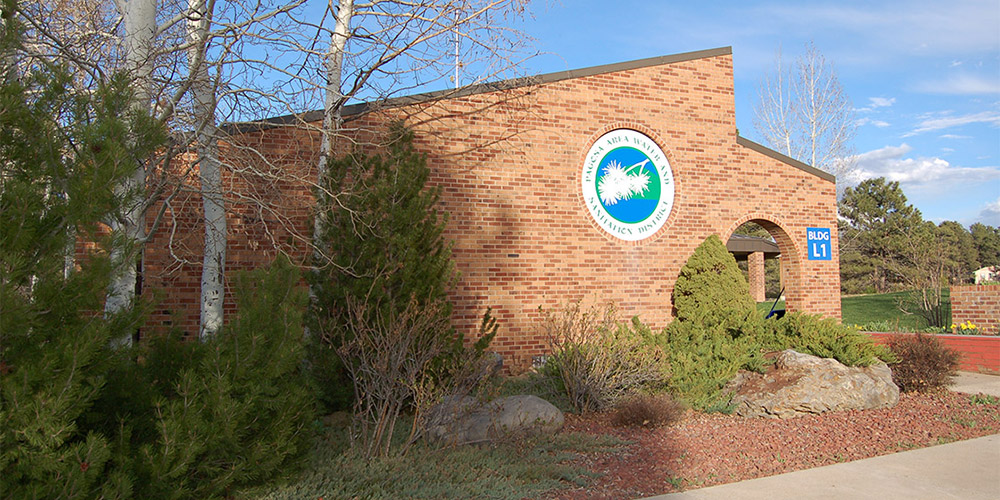Years ago, when the kids were little, we had a rectangular fish tank in the living room, serving as home to a rotating crew of tropical fish. (They typically didn’t live very long, but we could buy replacements at the local pet store.)
At the bottom of the tank was a little plastic SCUBA diver, with a steady supply of air bubbles flowing out of his tiny plastic Self-Contained Underwater Breathing Apparatus. The air was fed to the SCUBA diver via a rubber hose leading from a small, blue electric pump that sat on the shelf next to the fish tank. The pump made a slight but constant humming noise, not unpleasant.
We understood that the fish needed oxygen to survive, and than the bubbles from the SCUBA diver were helping to keep the water oxygenated. We also had some green underwater plants growing inside the tank, and those also provided oxygen.
Or so we had been told. We honestly didn’t know what we were doing. Like I said, the fish had only a modest survival rate, and eventually, we gave up trying to keep them alive. The empty tank sat in the attic for a number of years until we finally sold it at a garage sale.
Now, almost 40 years later, I find myself thinking about oxygen, and bubbles, and survival rates.
Was it possible… we didn’t have accurate facts, about keeping water ‘fresh’?
Here’s that 2012 photo again, showing the Pagosa Springs Town Council — acting as the Pagosa Springs Sanitation General Improvement District (PSSGID) board — sitting on one side of the conference table… across from the five members of the Pagosa Area Water and Sanitation District (PAWSD) board, moments away from approving a joint sewer pipeline project.

The year is 2012, and the pipeline would take another four years to be built, and subsequently, to reveal its design flaws.
In the photo above, we see PAWSD board member Windsor Chacey protesting the manner in which the negotiations between the PAWSD staff and the Town staff were conducted in secret, and how the general public — the taxpayers, the sewer rate payers — were kept in the dark about the details of the agreement, and the project.
“We’ve seen several versions of this IGA since about September on, and receiving this most recent one, there were several major changes — I don’t think they were just superficial changes,” said Ms. Chacey, who — like all the other board members seated around the table — was serving as an unpaid volunteer on behalf of her district.
“So I’ve gone through that document and developed a list of points that I thought were essential to be understood So I am looking forward to using these documents to understand some of the particular concerns that I have, related to the differences in the billing methods of our two districts.
“A lot of this does affect [PAWSD] District One. As Mr, Mitchem noted, this agreement is quite generous towards the Town, and I have some questions about that generosity in certain areas, as far as equity is concerned between District One, and the Town sewer district, which is in District Two.”
Was there some reason why these two boards could not wait another two weeks, to allow the public — especially perhaps, the existing PAWSD customers — to review and comment on the IGA before its approval? Was there some big hurry? Some deadline looming… that we needed the agreement approved right now, before the public ever saw it?
Or were there details in the agreement that someone did not want the public to see?
We already knew, from statements made by Town Manager David Mitchem, that the IGA was “generous” towards the Town’s sewer customers. But was the agreement just as “generous” to existing PAWSD customers, uptown in District One — the customers who had paid for the construction of the Vista Waste Water Treatment Plant (WWTP) in the first place?
Apparently not. Here’s a section of the approved IGA:
25. Sewage Treatment Costs. On the PAWSD regular monthly customer billing cycle, the PSSGID shall pay PAWSD for treating sewage delivered by PSSGID based on a rate per thousand gallons delivered by PSSGID to the Vista WWTP (“Municipal Treatment Rate”). The Municipal Treatment Rate shall reflect the incremental costs incurred by PAWSD added by the treatment of PSSGID sewage at the Vista WWTP above the costs of operating the Vista WWTP without treating PSSGID sewage…
(a) The Municipal Treatment Rate shall not include any PAWSD overhead or administrative costs, rate or surcharge, but shall include incremental costs associated with wastewater treatment plant expenditures including maintenance, energy, chemicals, supplies, insurance, water, sludge removal and processing, vehicle maintenance, operator salaries and associated benefits, training and payroll expenses, lab operating costs and supplies, lab vehicle maintenance, lab personnel salaries and associated benefits, training and payroll expenses.
You can click here to download the entire IGA agreement approved on January 3, 2012.
From the wording in the IGA document that focuses on “incremental costs”, it appeared that the Town sewer customers would be the only ones benefiting from any increased efficiency and cost savings. It also appeared that PAWSD customers in District One would be the only ones expected to pay for “overhead and administrative costs” or “surcharges” when they pay their sewer bills.
The generosity written into the 2012 IGA appeared, on the face of it, to be a one-way street mainly benefiting the Town sewer customers. Three members of the PAWSD board — Steve Hartvigsen, Allan Bunch and Roy Vega — voted, however, to approve the IGA at that January 3 meeting, with board members Jan Clinkenbeard and Windsor Chacey voting ‘nay’. The Town Council, serving as the board of the Pagosa Springs Sewer General Improvement District (PPSGID), voted unanimously to approve the IGA.
The existing PAWSD customers never had a chance.
But maybe, in the end, the joke is on PSSGID customers like me, who will apparently be paying to correct the design flaws in the pipeline itself… for the remainder of the system’s existence?
So let’s talk next about bubbles, and oxygen.

